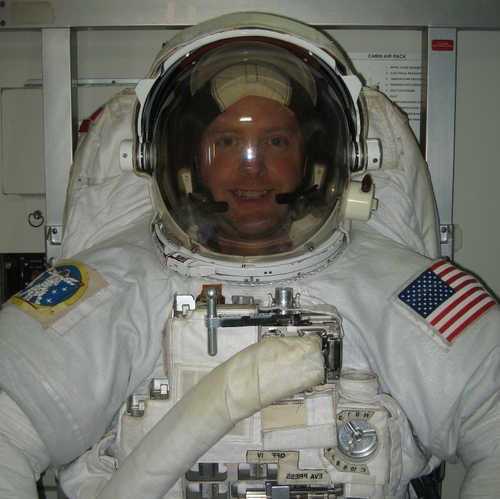daren on Nostr: What does it mean to "successfully navigate" in these conditions? Let's unpack that. ...
What does it mean to "successfully navigate" in these conditions? Let's unpack that.
First, crew need to have confidence they can walk away from their safe haven (HLS) and safely return within the time constraints of their spacesuit consumables. The final act of EVA should always be airlock ingress.
Once you get far enough from the airlock, you might still have an eye on the lander but you might have terrain and shadows between you and the lander. Do you have confidence you know which path to take?
Go far enough and even a tall Starship becomes obscured by terrain. Now you rely on a working knowledge of your location state based on visuals and map data. It's easy to confuse craters and shadow features and the lunar surface is devoid of scale references we use on Earth.
If there is a large shadowed region between you and the lander do you go around, wasting precious time and consumables? Or do you take a direct path into a shadowed area where it's harder to discern slope and trip hazards?
Lower in priority than safety is mission success. Your mission might have an objective to traverse to a specific crater for scientific investigation and sampling.
We know from Apollo 14 that crew might struggle with finding a target. This may be more challenging with the harsh lighting conditions of the lunar south pole.
First, crew need to have confidence they can walk away from their safe haven (HLS) and safely return within the time constraints of their spacesuit consumables. The final act of EVA should always be airlock ingress.
Once you get far enough from the airlock, you might still have an eye on the lander but you might have terrain and shadows between you and the lander. Do you have confidence you know which path to take?
Go far enough and even a tall Starship becomes obscured by terrain. Now you rely on a working knowledge of your location state based on visuals and map data. It's easy to confuse craters and shadow features and the lunar surface is devoid of scale references we use on Earth.
If there is a large shadowed region between you and the lander do you go around, wasting precious time and consumables? Or do you take a direct path into a shadowed area where it's harder to discern slope and trip hazards?
Lower in priority than safety is mission success. Your mission might have an objective to traverse to a specific crater for scientific investigation and sampling.
We know from Apollo 14 that crew might struggle with finding a target. This may be more challenging with the harsh lighting conditions of the lunar south pole.
